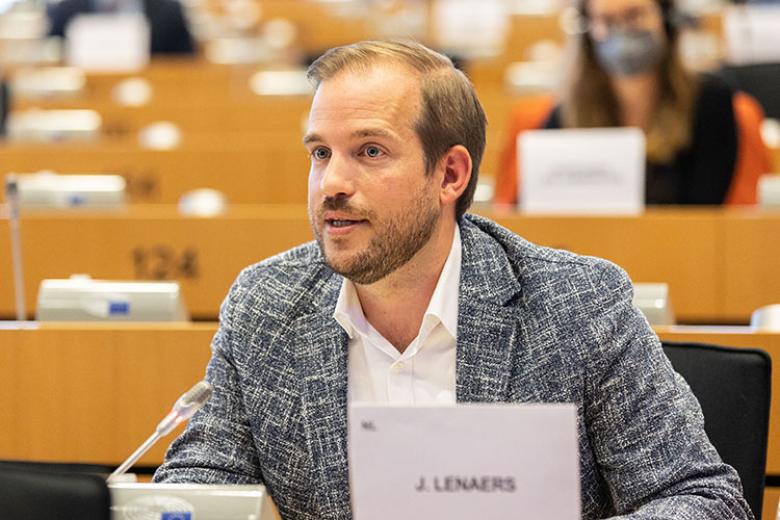coninck_2022_system_change_not_climate_change.pdf
(2.4 MB, PDF)
… other enabling conditions, and it needs to be just. The other enabler that is very obvious is policy instruments: every measure that government takes to respond to climate change. For mitigation, governments can price emissions, as in the EU emissions trading scheme or through a carbon tax, but this is not enough. It can regulate, including prohibiting polluting or dangerous activities. It can educate, it can subsidise. And it can influence transitions through green procurement and clear leadership. … the past 25 years. In the 1990s, when international climate change governance started in earnest, treaties were strong and the international community was relatively united. The Kyoto Protocol was agreed in 1997, and led to an international emission trading scheme for developed countries, and a Clean Development Mechanism, a project-based carbon market, for developing countries. But it quickly became clear that this model was not going to be replicable in a changing world. The United States, then … contribute to the acceleration of system transitions that limit climate change in a sustainable and just way. Her research and publications span international climate policy, innovation cooperation with developing countries, innovation studies, carbon trading, energy and development, financial system change, and the societal aspects of energy technology and a climate-neutral energy- intensive industry. Colophon Production Communication Expertise Center Cover photography Bart van Overbeeke …



